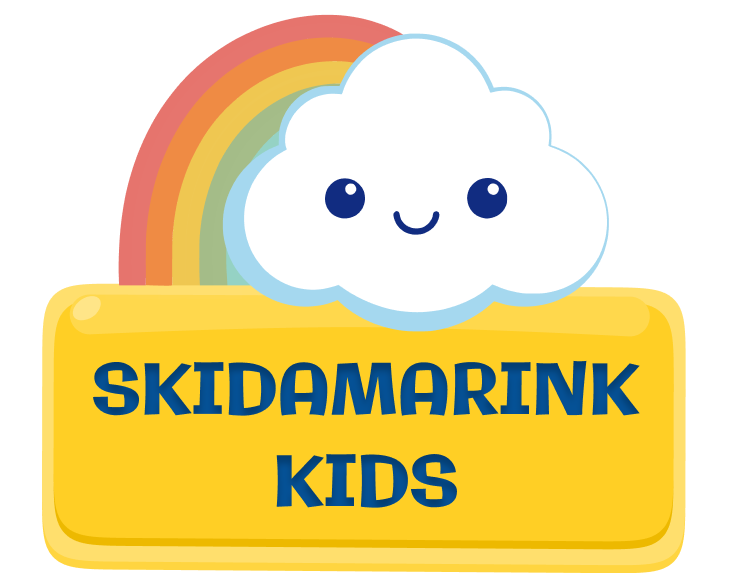As a new parent, one of your most important jobs is feeding your little one. While it might seem straightforward, understanding when your baby is hungry or full can feel like decoding a secret language. Let’s explore these important signals together to help you feel more confident in responding to your baby’s needs.
Recognizing Hunger Cues
Your baby will typically let you know they’re hungry long before they start crying. Early hunger signs include:
-Opening and closing their mouth
-Turning their head to the side while opening their mouth (this is called “rooting”)
-Bringing their hands to their mouth and sucking on them
-Smacking or licking their lips
-Making soft grunting noises
-Becoming more active and squirmy
For example, you might notice your baby stirring from a nap and starting to put their fingers in their mouth. This is often one of the first signs that they’re ready to eat – no need to wait until they’re crying and upset.
Understanding Fullness Signs
Just as babies show us when they’re hungry, they’re also excellent at letting us know when they’ve had enough. Here are common fullness cues:
-Slowing down their sucking or drinking
-Unlatching from the breast or bottle repeatedly
-Turning their head away from the food source
-Closing their lips tightly when offered more
-Appearing relaxed and content
-Starting to fall asleep at the breast or bottle
Think of when you’ve seen your baby arch away from the bottle or breast while eating. That’s often their way of saying, “I’m done!”
Trust Your Baby’s Lead
Every baby is different, and their hunger patterns can vary day to day. Some babies might want to eat frequently in the evening, while others might cluster feed in the morning. This is completely normal! Your baby might take more milk during one feeding and less during another – they naturally know how to regulate their intake.
Remember: A hungry baby will rarely refuse food, and a full baby will rarely continue eating. This natural wisdom is something babies are born with, and our job is to listen and respond to their cues.
Creating a Responsive Feeding Relationship
The key is to watch your baby, not the clock. While feeding schedules can be helpful guidelines, they shouldn’t override your baby’s natural hunger and fullness signals. When we respond consistently to these cues, we help our babies maintain their innate ability to regulate their food intake. For instance, if your baby starts showing early hunger cues 30 minutes before their “scheduled” feeding time, it’s perfectly fine to feed them then. Similarly, if they’re showing clear signs of fullness halfway through what you consider a “full feeding,” it’s okay to end the session.
Final Thoughts
Learning to read your baby’s cues takes time and practice. There will be days when things feel unclear, and that’s completely normal. Trust that you’re getting to know your baby better each day, and this understanding will continue to grow. Remember, you’re doing a wonderful job by taking the time to learn and respond to your little one’s needs.
If you have concerns about your baby’s feeding patterns or growth, don’t hesitate to reach out to your pediatrician. They’re there to support you on this journey and can provide personalized guidance for your family’s needs.
-Ali







